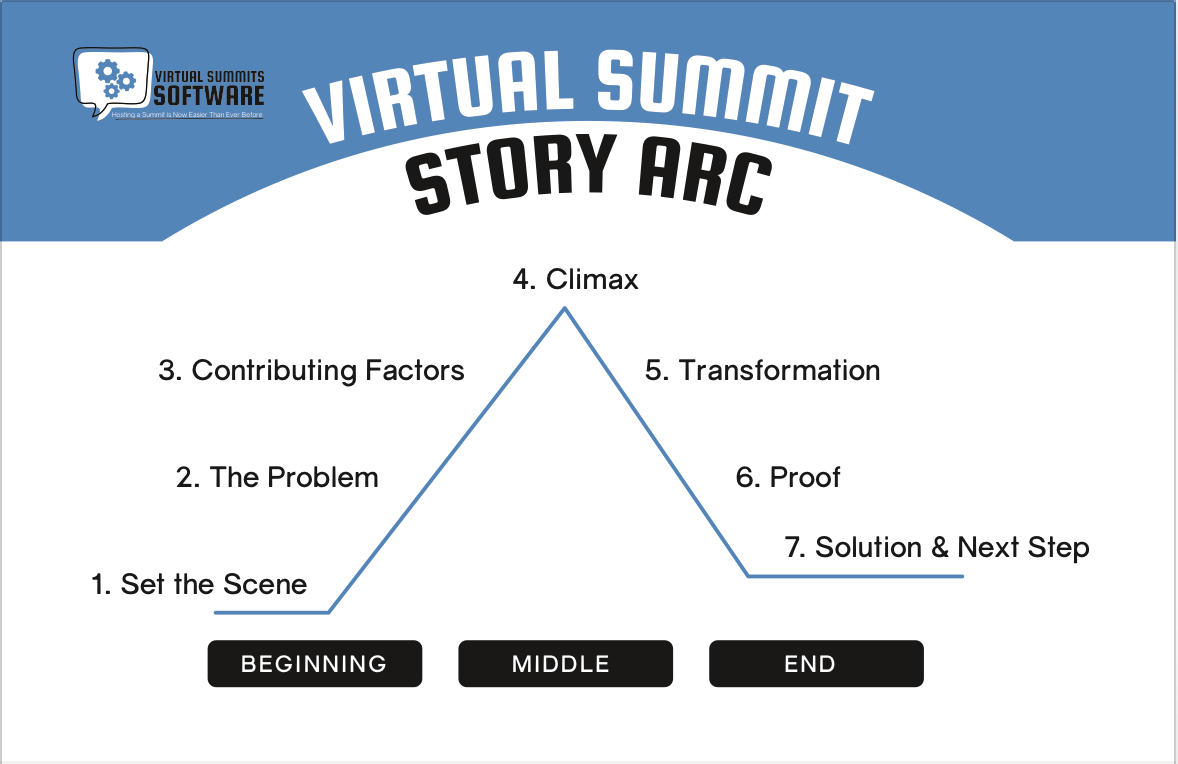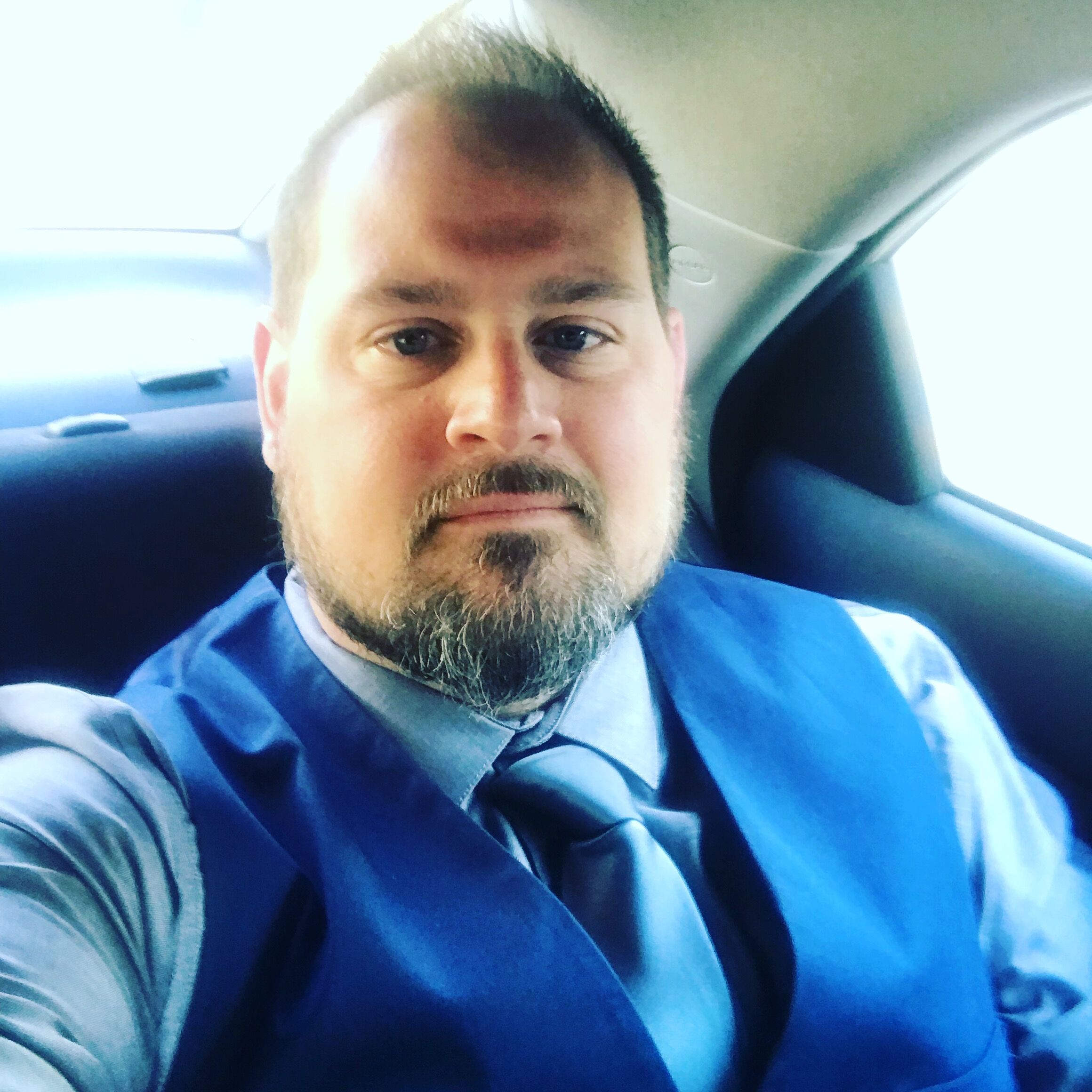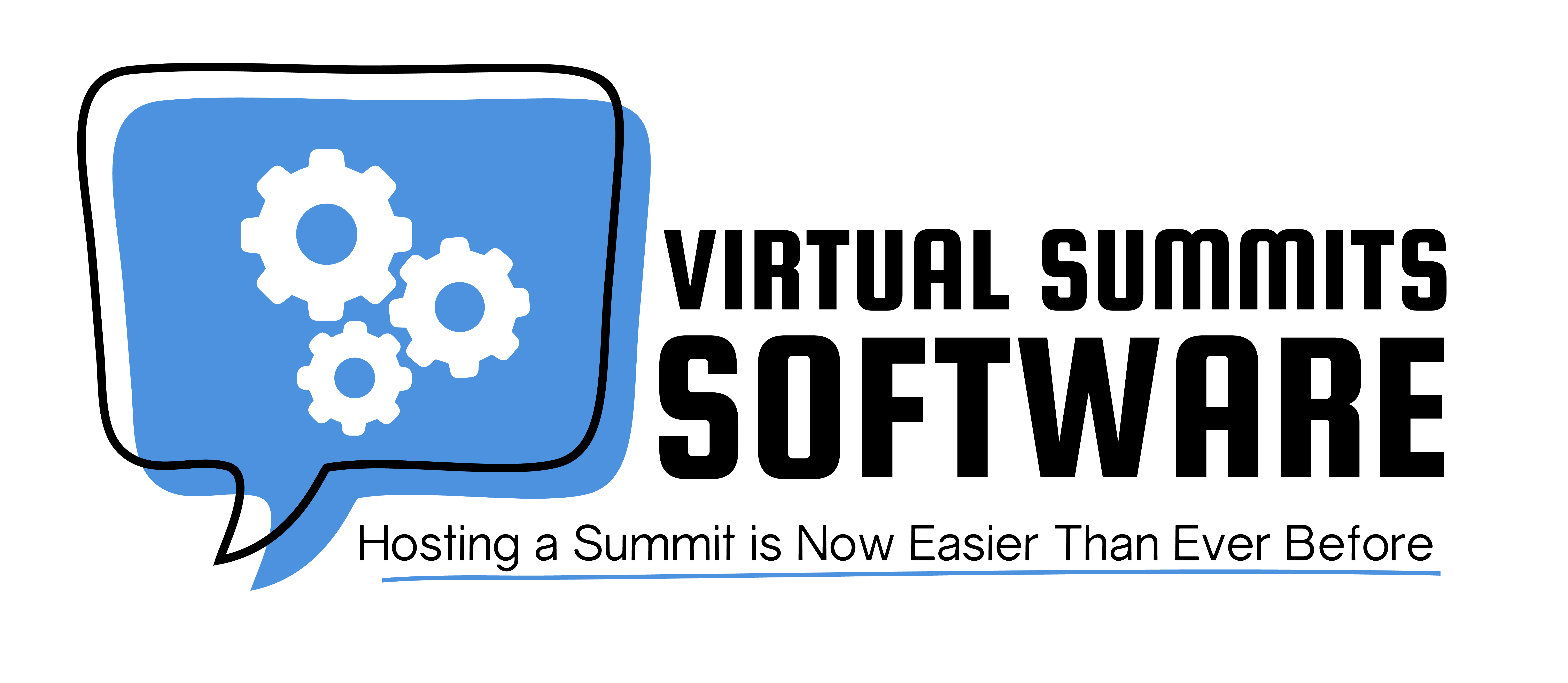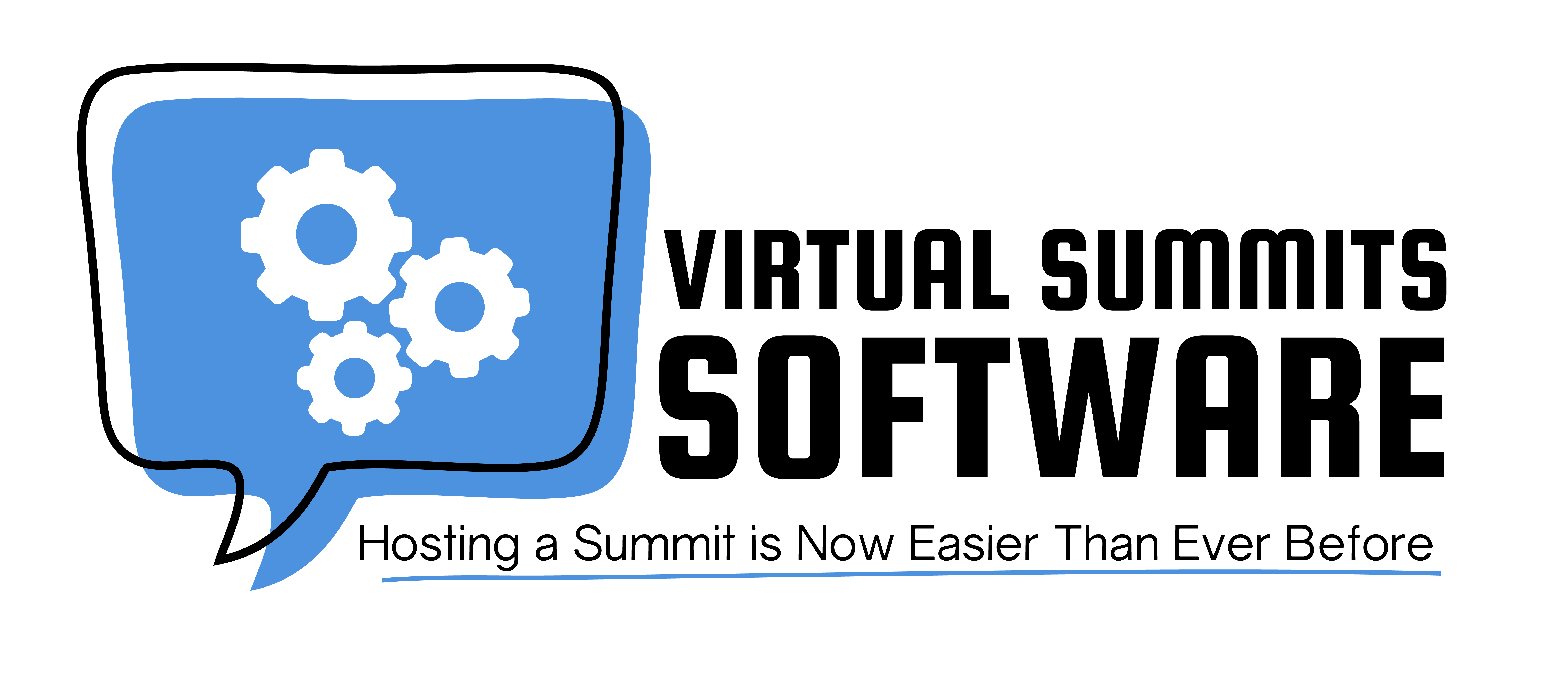
June 18, 2020
by DR. MARK T. WADE
#156: Creating A Docu Summit
Description
Tired of boring old interview based summits? Want to spice yours up and create a binge worthy summit? Then you need to add some new themes into your summit. Today we are going to talk about creating a Docu Summit

About Dr. Mark T. Wade
Dr. Mark T Wade went from brick & mortar to multi-million dollar online business using a strategy called the One-Day Summit. Having created 6, 7 & Multi 7-figure businesses in the Brick & Mortar, Online (Education) Business, & Software As A Service space (Virtual Summits Software), Dr. Mark now helps entrepreneurs scale their online businesses with proven strategies such as the One-Day Summit Formula.
Reach Out To Dr. Mark T. Wade
-
Facebook
-
-
Website
Overview Of Doing A DocuSummit
➡️ It’s like a normal summit with select interviews put into a series of summary videos being released throughout the summit.
➡️ The DocuSummit Videos are the Highlight, but the other interviews, & sessions are the filling.
➡️ You MUST put time and energy into preparing for the interviews for your DocuSummit.
➡️ The DocuSummit videos can only turn out as good as the original interviews. So make them good.
➡️ There will be 3 – 6 videos ranging between 5 – 20 minutes each. You will want 5 – 8 speakers (more is not better) with about 30 minutes of interview content to be used.
➡️ This is your DocuSummit. This is your story. No one can tell it for you. Our team is here to assist in the process but the end product depends on you. Be diligent in the preparation, interview, review, and creation stages.That will help ensure you have a great final product.
➡️ This is not a Documentary or docuseries. (Most of those have a budget around $250,000). Do not compare it with those items. It’s not the same, and is not intended to be.This is to add a different perspective, and flare to your summit. To bring the interviews to light in a slightly different manner. So don’t compare to a docuseries!
Process For The Interview
1. Outline The Story
2. Create Your Video Structure
3. Research your topic
4. Select interesting, compelling speakers who relate to your story
5. Create Questions for your speakers to get the story you want to tell
6. Review The Interview & Highlight The Content To Use
7. Create A Final Story Line Using The Information
8. Create Transitions between the clips
9. Create a HOOK & a CLIFFHANGER for each video
10. Provide This To Our Team to Edit, Cut & Polish
1. Outline The Story
- Know the end goal for your DocuSummit videos
-
Think about the story you are telling to get to that end goal
-
Who is your audience?
-
What will they want to hear or learn?
-
What do they not know already?
-
What do they already believe and support?
-
2. Create Your Video Structure
- Essentially how many videos do you want to release
- What is the main purpose of those videos?
- What will go in each video to accomplish that purpose?
👉 Example of a 5 Video Structure:
- Video 1: Introduce The Topic
- Video 2: Get to know The Characters
- Video 3: Discover The Problem
- Video 4: Inflame the situation
-
Video 5: The Solution – Happy Ending – Next Steps
- Grand finale with the CTA
3. Research your topic
- You may be knowledgeable but you want to find the really compelling facts, and data that will motivate, shock and/or inspire your audience
- Research your speakers to find out who will be able to share appropriate viewpoints to get the story across.
4. Select interesting, compelling speakers who relate to your story
- This isn’t always about how big a name or influential a person is
- The story is what matters
- Someone who has direct experience, or personal experience with the topic that can share their story
- You want speakers who can be polarizing (for your perspective) and/or vulnerable with their experiences
- You also want topic experts who can offer advice and guidance
- Remember 5-8 speakers for this
- The rest of the interviews will be a part of the normal summit interviews.
5. Create Questions for your speakers & Interview them
- The interview questions are the most important aspect of the whole process
- To get the story across you have to get the content/information you need from your speakers
- You need to put great thought into the questions you will ask
- Consider asking each question from a variety of directions
- This will allow you to get the information said in different ways and formats
- One response may not be usable or fit your narrative while asked in a different way may bring about the appropriate response
- You can use the Summit Story Arc to help in crafting your questions if you need help
- It’s important to know what you are trying to accomplish and then craft your interview questions appropriately to tell the story line
- Decide if each speaker will talk about the same concept so the audience hears similar topics from different perspectives versus hearing different topics from each speaker Either way works, and is your choice, but needs to be thought about when crafting the interview questions
- Be sure to ask your speakers to repeat the questions in their answers
- This will help make their responses make sense in the final videos and give the viewers context to the response
👉 Pro Tip:
- Be sure to highlight and notate any great content the speakers say during the interview Mark the time and why it was important
- This will save you time in reviewing the interviews
👉 Now for some Advanced Set Up:
-
Ask the speaker if they will record (video) of the interview with their iPhone from a slightly different angle. This will give two angles for every interview which will make it look better when editing.
-
Set up your camera (and ask the speaker) to set up their camera so it isn’t just a talking head video. Ask if they could sit slightly further away from their Computer to allow it to be a different view than the typical interview. Ideally they could sit back away from the camera.
👉 However if they do not have a portable microphone and the audio sounds weak/faint it is better to have them near the computer to capture great audio.
6. Review The Interview & Highlight The Content To Use
- After each interview review the content and match it with your story line you are creating
- Which piece or point does the speaker say that is important and where do you want it to be played in the videos
- Create a document outlining all of the content on each interview and where that content will go into the videos
- Remember video editors are not mind readers, they can only do what you instruct them to do
- Be clear what clips (where it starts and stops) you want and where you want them to be
7. Create A Final Story Line Using The Information
- Now that you have spent the time going through the material and information put it in a final story line
- Line it out per video, what the story is, how it is broken down into the videos, and then layout the pieces that you would like in each video (and in which order)
- Again our video editors are not mind readers
- Being MORE thorough and detailed is always better
8. Create Transitions between the clips
- Think of your story from the perspective of your audience
- Does it make sense to just have the responses back to back?
- Does it need to have your voice asking the question?
- Is there any additional context, story or information that you want to add throughout the videos?
- If so be sure to record yourself giving that information
9. Create a HOOK & a CLIFFHANGER for each video
- For each of the 3 – 5 videos that will be used they each will need a beginning and an ending. (Can’t just start with speakers talking)
- Think of a hook that will catch their attention and create interest in the topic
- Something that will pull them in and increase their curiosity.
- For the ending, summarize the information from that video and bring it together
- Leave the video ending with a hook to the next video
- Something that will make them eager and excited to watch the next one
- Except the final video, that should be your call to action
- What is the next step?
- What should they do now?
- Give them a direct call to action on what to do next
10. Edit, Cut & Polish
- When it comes to the post production you may want to hire a video editor to help you with this
- Although if you have something like iMovie, or Camtasia you could do it yourself but be prepared for some detailed work
- Take all the raw files
- Lay out the storyline outline with the different pieces from each interview in the order you would like them
- Gather any of the intros, cliffhangers and transitions you will be putting into the videos and where they need to go
- Any special images, videos, or B-Roll that you want included needs to be noted where it is to be placed
- It is important to note that most likely your video editors are not professional movie producers
- To ensure you are satisfied with the outcome it is crucial that you be as detailed and thorough as possible when providing them with how you want the videos

MY REQUEST
I’m going to give away all the best insights and knowledge but just need YOUR help!
- First - subscribe & leave a 5 star review on this podcast
- Second - share this podcast with anyone you know who has done, or wants to do a summit
That’s all I ask...
HOW TO GET IN TOUCH
👉 I am always looking for feedback
👉 If you have questions send them to me. (I’ll start doing a special Q&A monthly episode)
👉 If you want to be a guest reach out and let me know
👉 If you know someone I should interview please put me in touch with them.
Email me at: Podcast@VirtualSummits.com
Join the Summitology Masterclass: https://www.virtualsummits.software/summitology-masterclass-signup
Resources you can get in the show notes at http://virtualsummits.software/resource
✔️ One Day Summit Guide
✔️ Virtual Summits Framework
✔️ Plug & Play
✔️ Free Trial Virtual Summit Software
I want to end this episode by saying,
"I believe in YOU & YOU can do this."
Summits are by far one of the most powerful ways to quickly grow your list, launch your platform & make more money! (Even if you are just getting started).
Don’t get caught up in Analysis paralysis, because the world needs to hear your message & there are people who are waiting for you to help them.
So just get started. Imperfect action is always better than doing nothing!
Thank you and see you on the next episode!

Dr. Mark T Wade went from brick & mortar to multi-million dollar online business using a strategy called the "One-Day Summit".
Having created 6, 7 & Multi 7-figure businesses in the Brick & Mortar, Online (Education) Business, & Software As A Service space (Virtual Summits Software), Dr. Mark now helps entrepreneurs scale their online businesses with proven strategies such as the One-Day Summit Formula.
LINKS MENTIONED IN THIS EPISODE
🔗 Virtual Summits Software Free Trial
🔗 One-Day Summit Starter Guide
OTHER WAYS TO ENJOY THIS POST:

